What is Search Engine Positioning & How To Improve Ranking
Defining and Understanding Search Engine Positioning
When it comes to digital marketing, Search Engine Positioning is not always an area of primary focus or considered a crucial element. However, it’s just as intricately connected to Search Engine Optimization as a subprocess that aims to secure higher rankings for specific, individual pages and specific keywords.
It does vary from general SERP rankings and has more unique approaches to improving search engine placement and position and getting a page to perform better.
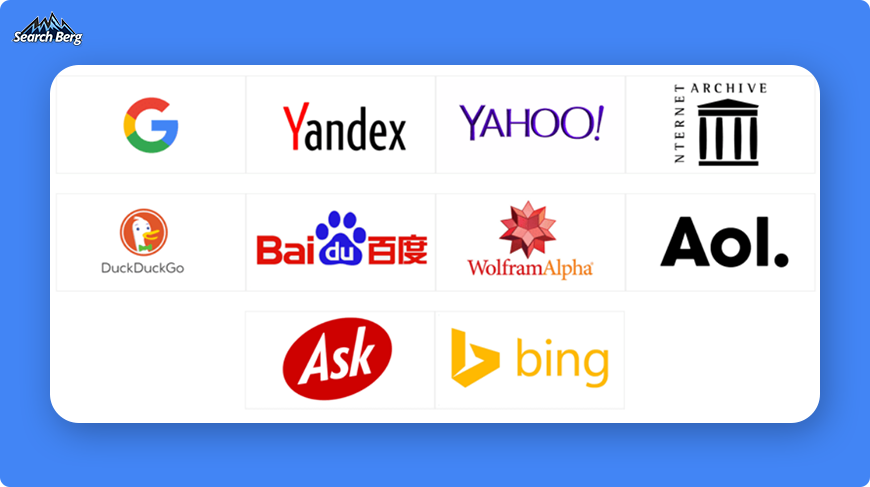
It is one cog in the large wheel of SEO strategies, and the simplest way to understand it is that while SEO techniques are aimed at improving a website’s visibility on search engines, Search Engine Positioning doubles down on generating favorable placements for specific pages. It’s a specialization that allows businesses to fine-tune their online presence and ensure that important pages rank prominently in search engine results.
This targeted approach looks at the value proposition of individual pages in highlighting and promoting various messages, products, or services. This allows businesses to strategically position critical content, upping the possibility of attracting and engaging their target audience, generating traction, and improving their Google search ranking.
Recommended Read: SEO Content Guide to Search Engine Ranking Factors
How Does Search Engine Positioning Work?
Search Engine Positioning is based on a wide range of factors that Google uses. They primarily rely on the use of web crawlers, which work their way through different websites and index or rate them based on a variety of criteria. In fact, there are 200 criteria that determine how your page shows up on the SERP and how its position is determined.
While there are 3.5 billion searches each day worldwide, rarely anyone goes past the first or second page to address their question. That’s why it’s non-negotiable to position your page higher, and here’s how Google does it:
Google’s Automated Process
Google’s automation is a complex combination of algorithms and web crawlers, which systematically work their way through the World Wide Web to discover and index new sites. Think of this as a massive digital library where each webpage is the equivalent of a book on a shelf. Since it’s automated, the algorithm and crawlers work to search and discover an incredibly diverse range of websites, adding them to their search results and mammoth index.
Web crawlers are crucial in Google’s automated system. They are programmed to not just find but also navigate through websites, pulling out relevant, valuable data and information and indexing it in the search engine’s database. This means that each time someone runs a search, the algorithm sifts through this index to identify the most relevant pages based on the search query.
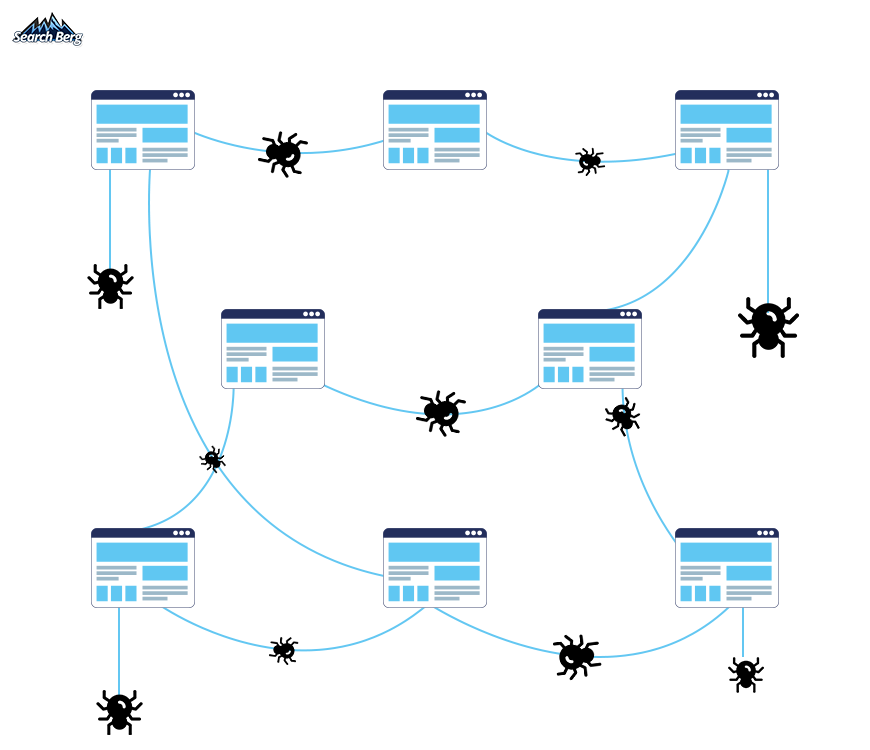
Content Analysis
Google’s brilliant algorithm also evaluates the content on a webpage, looking at its relevance to the user’s query, as well as its categorization, keyword usage, and more. Quality, value, uniqueness, and depth are some of the many factors that impact its positioning. The more high-quality content is, the better its ranking and positioning because, without it, it’s impossible to perform well. They filter through everything and focus on everything possible.
Structural Considerations
It may come as a surprise to many businesses, but the structure of a website also influences how search engines interpret and rank its pages. The algorithm will obviously prefer well-organized sites that have well-sorted navigation and the ability to move seamlessly between pages. Lagging sites, loading times, poorly designed layouts, and difficult navigation drag your website’s search engine positioning down because even users’ reactions and interactions are determined by the quality of your web layout.
Relationship with Other Websites
Another very interesting area the algorithm focuses on is a particular website’s relationships with other reputable sites through inbound and outbound links. These links determine domain authority, credibility, and expertise, and the algorithm looks at the quality of your website based on these factors. Without effective linking, it’s unlikely that you’ll rank exceptionally high.
In short, if you want to know how to rank organically on Google, know that search engines assign scores to pages based on the aforementioned factors. These scores, in turn, work to determine the page’s ranking on SERPs, and the highest score tends to reflect relevance and authority, which means it goes on as the top result for a given search query. Once you have a clear insight and understanding of these processes, you’ll know why it’s so important to optimize your online presence and improve your pages’ search engine positioning.
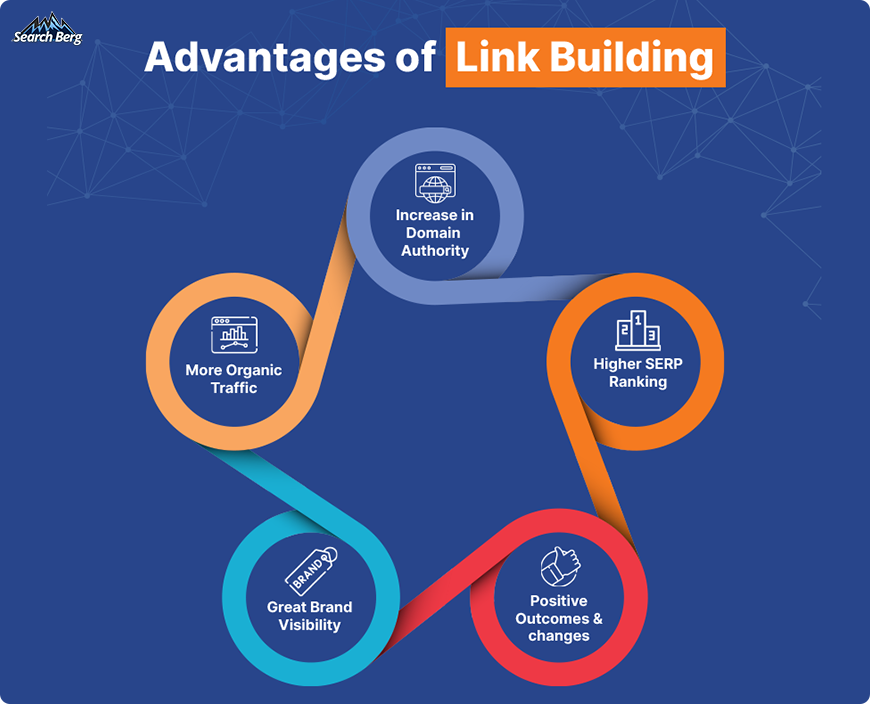
Recommended Read: How to Create a Link Building Campaign: A Beginner’s Guide
Start with an SEO Content Audit
Conducting a comprehensive SEO content audit is typically the first step in identifying gaps and issues in your current strategy and pages. Routine audits and evaluations ensure that the content is at par with current industry trends, user preferences, and search engine algorithms, so as to avoid becoming redundant or outdated. These audits look at both the quality and relevance of your existing content, identify major gaps, and look at areas that need more focus. It also provides the opportunity to upgrade information and find ways to enhance user experience, all while ultimately boosting search engine positioning.
Outdated content can hurt your website’s performance, which is why we do a thorough search, revisit older articles, blogs, and web pages, and ensure that all of it remains accurate and is based on current industry standards. This also helps identify your website as a source of high-quality, accurate source of information, leading to improved search rankings.
Our audit also gives insight into who your target audience is. The audit works to ensure that the content aligns with the interests, needs, and preferences of the intended audience and those who will consume it. You can edit and upgrade this content to target their pain points, increase user engagement, reduce bounce rates, and become respected authorities. Ultimately, this leads to greater search engine positioning.
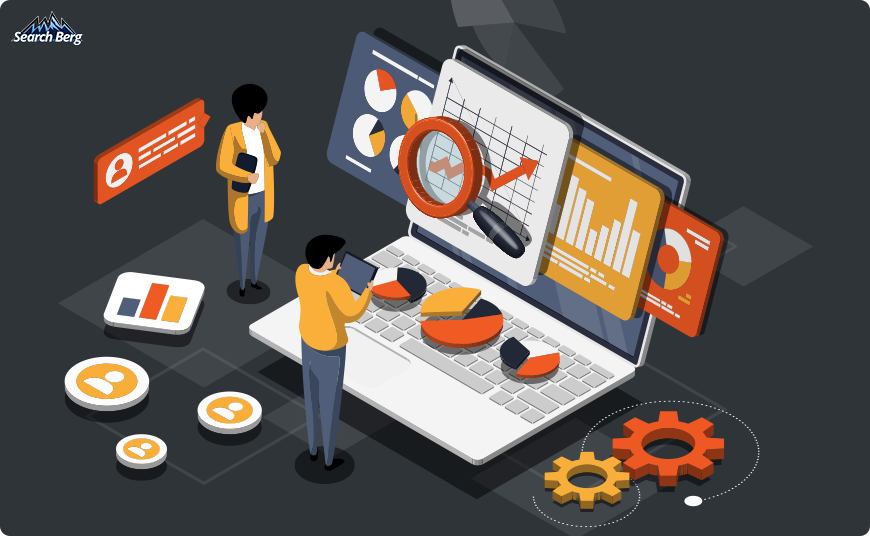
Focus on High-Quality Internal Linking
Internal linking is a fundamental aspect of on-page SEO, and adding them strategically will automatically direct users to browse through relevant articles or pages as they navigate your website.
If you’re looking to improve overall navigation and user experience, internal links distribute link authority across your website so that search engines begin recognizing and identifying the relevance of various pages and their relation to one another. Through smartly embedded links, you’ll be able to build a cohesive online ecosystem that nudges and maps out a path for users to browse through your website.
High-quality internal go a long way in improving user navigation. By providing well-placed links within content, you can help them seamlessly float through various connected, relevant pages. This will increase the time users spend on the website and cut back on bounce rates, which should be between 26–40%.
These metrics tell engines that your content is valuable and engaging, and there’s a sense of positive user experience—which ultimately boosts search engine positioning and page rankings.
They also work in distributing link authority, also known as link juice, all across a website. This means that when one page is connected to another, it lends a portion of its authority to it. And since positioning is a way to boost the positions of individual pages, the higher authority and credibility it has, the better.
It also helps search engines understand the hierarchy and importance of various pages on a website. You will be able to target the most essential pages and give them the SEO boost they need.
Recommended Read: Content Marketing Pricing in 2024: Is It Worth It?
Begin Incorporating External Backlinking
Building quality backlinks is a fundamental aspect of off-page SEO. These links are inbound links coming from third-party, high-quality, high-authority websites, and act as a vote of confidence for your given page.
Search engines, such as Google, use backlinks and their quality in determining a page’s authority and, thus, its search engine positioning. Stellar backlinks enhance a website’s credibility, increase visibility, and establish relationships with high-authority websites.
By collaborating with reputable sources in the industry you gain more credibility and offer organic backlinking opportunities. Both users and engines begin to see your website as a credible resource.
While backlinking is essential, it’s crucial to avoid black hat techniques, including spamming, buying links, and other sketchy techniques that can lead to penalties from search engines.
We Start Using Header Tags Consciously and Strategically
Header tags (H1 to H6) are quintessential to structuring content for both users and search engines. The H1 tag represents the main heading and identifies the topic’s importance and categorization for search engines. These tags improve readability and help search engines understand the content’s hierarchy, while also making the content well-structured.
Following H1, each subsequent header tag (H2, H3, etc.) signifies subheadings, offering a respective roadmap for users and search engines alike. Clear hierarchy contributes to improved user experience and allows web crawlers to index the content effectively, too.
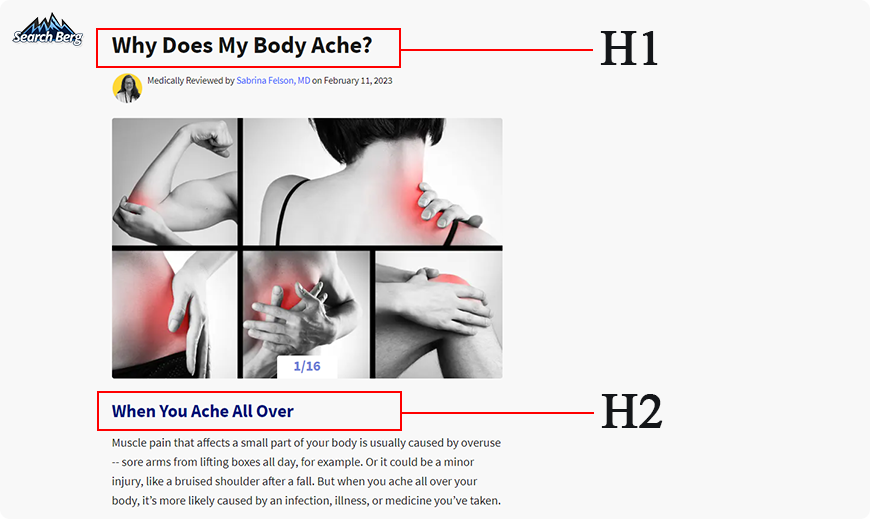
Another plus, in addition to using headings strategically, you also need to incorporate target keywords to highlight the page’s relevancy to search engines. This helps search algorithms understand the content’s context, and match it to relevant queries, but you need to be wary of keyword stuffing.
Generating Pages with Focus Keywords and Secondary Keywords
All impactful SEO begins with comprehensive keyword research. But in addition to general, popular keywords, you also need to incorporate focus keywords and relevant secondary keywords that are focused on user intent and search trends. It’s important that your keywords are embedded in content and align with what users are actively searching for if you want to focus on positioning in search engines.
Strategic placement of focus and secondary keywords shows web crawlers and search engines the relevance of the page to specific queries. There are several ways to do this, including naturally using them in titles, headings, and the main content to increase search engine positioning.
Again, make sure all keywords are organically used so as to avoid keyword stuffing. Overloading content with keywords sounds awkward, makes for a poor user experience, and brings the wrath of penalties. Your content needs natural, organic language while strategically placing keywords to keep it valuable and user-friendly.
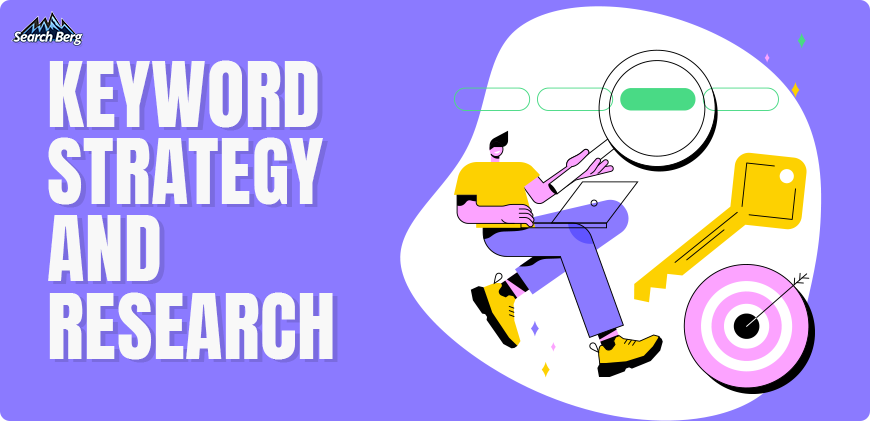
Using Core Web Vitals from Google
Core Web Vitals are a range of performance metrics designed by Google to determine a user’s experience on a website. These are several factors, such as Loading Performance, Interactivity, and Visual Stability, and leveraging these metrics is a game-changer for optimizing your website’s performance.
Core Web Vitals directly impact user experience. Quick-loading, cohesive, high-performance websites are obviously crucial to user interactions and a satisfying experience. Google uses these metrics to determine how well a website meets these criteria and thus ranks its position and placement accordingly.
Optimizing Core Web Vitals is crucial to improving your Google search ranking and involves multiple strategies, such as optimizing images, leveraging browser caching, and prioritizing critical rendering paths. We can help you improve and incorporate Core Web Vitals to create a faster, more responsive, and user-friendly online environment.
Recommended Read: Google’s November 2023 Core Update
Creating Optimized Meta Tags and Descriptions
Meta tags, including title tags and meta descriptions, are non-negotiable aspects of on-page SEO. They offer a clear, concise description of a page’s content and positively impact engine rankings. Meta descriptions have a similar role, but they actually provide a brief summary that is visible on SERPs. These descriptions positively impact click-through rates as well, while search engines rely on these meta tags to understand the content and relevance. This is another great tool to use for boosting your reach and position.
Crafting compelling meta descriptions is tricky, but it’s an essential step in making your search result relevant and appealing. A well-written meta description should clearly convey the page’s content, specify its unique value proposition, and have a mild call-to-action.
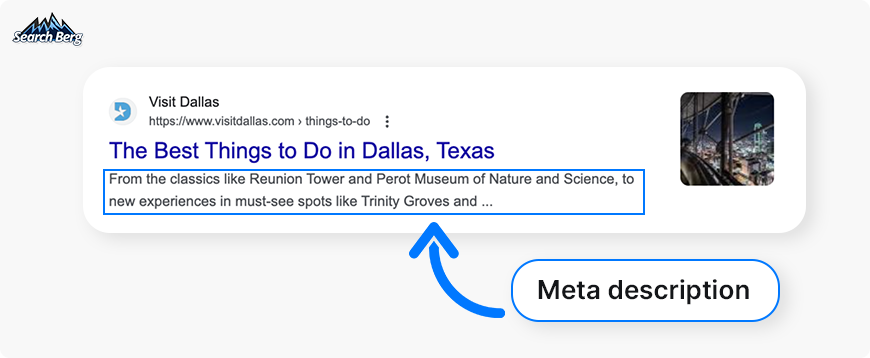
Incorporating target keywords into meta tags reinforces the page’s relevance to specific search queries. Strategic placement of keywords in title tags and meta descriptions signals to search engines that the content aligns with user intent. However, it’s crucial to maintain a natural and informative tone, ensuring that the meta tags effectively communicate the page’s content to both search engines and users.
Actively Optimizing All Images for Search Positioning
Image optimization is also an underrated tool but excellent for website optimization for search engines. It’s vital to use high-quality images, selecting the right file format (JPEG, PNG, etc.), and compressing images where necessary—while retaining their quality. Optimized images improve load times, so as to ensure that there are visuals but not lagging.
Alt text, or alternative text, is a text description added to an image tag and designed to provide search engines with context regarding the image itself. Alt-text is also crucial for accessibility and helps visually impaired users know what the image has.
Alt-text goes a long way in connecting the image’s relevance and importance to the content itself.
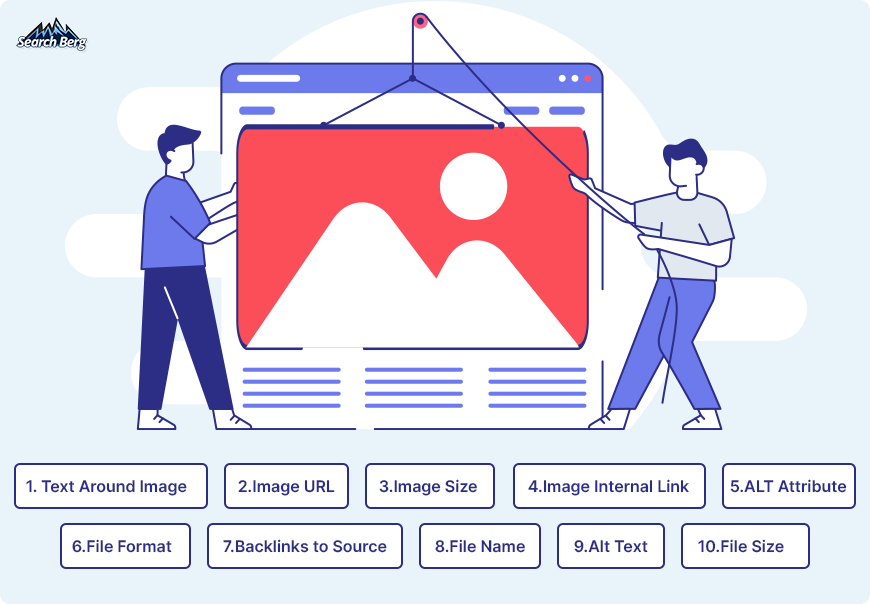
Be mindful that large image file sizes can drag down website loading times, leading to a poor user experience and adversely affecting search rankings. You need to maintain a balance between image quality and file size and make sure that their websites are both visually appealing and optimized for search engine performance. Overall, implementing image optimization practices contributes to improved search positioning and a more efficient online presence.
We’re Committed to Helping You Grow in Every Way—Let’s Get Started
Search Berg is a full-service digital marketing firm with some of the most incredible SEO specialists and experts in the field. We know what it takes to get your business the recognition it deserves, and we’re here to improve your search engine positioning through a combination of techniques and approaches.
Following an audit and understanding of your industry, our SEO specialists will devise a strategy specific to your needs. The strategy will comprise a combination of the above methods and ensure that your presence and positioning become more noticeable.
If you’re ready to boost your visibility and rank pages higher, get in touch with us for a free consultation, and we’ll share our input, feedback, and expert advice.












